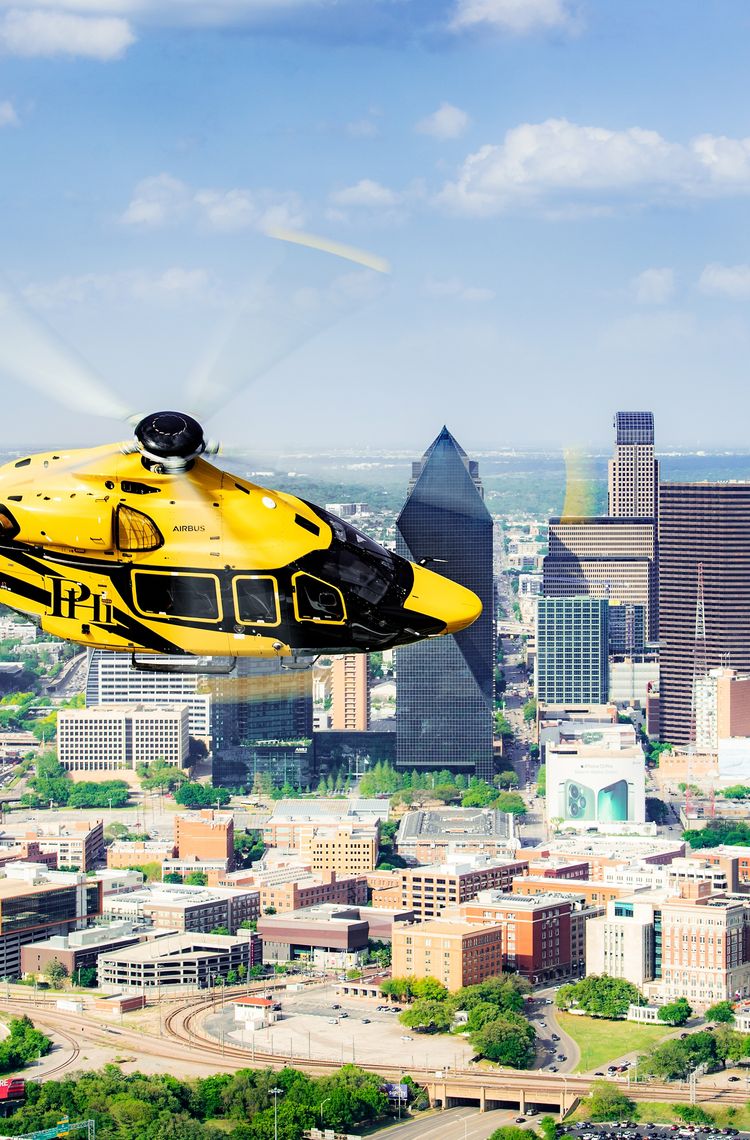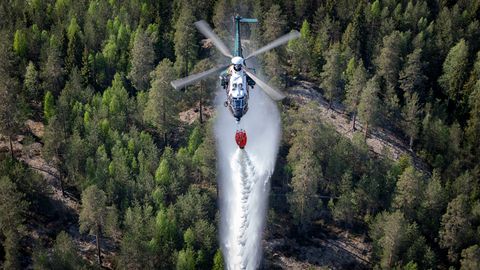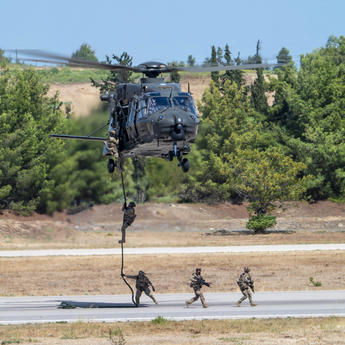Benoit Klein stepped into the role as the head of the H160 programme in January 2025. We took the opportunity to ask him how the H160 is doing in the hands of customers.
Benoit, what has been your experience so far in your new role?
Benoit Klein: Taking on the role of programme director for the H160 is a dream come true. The H160 is an extraordinary aircraft with incredible market potential and is setting new standards for safety, innovation and excellence. I am energised by the opportunity to develop and execute this programme for both civil and military markets, across diverse missions, industries and locations. What excites me most is working with our customers, understanding their needs and ensuring the H160 meets and exceeds their expectations. This is a unique chance to deliver a helicopter that will make our clients dream, while bringing real world solutions to life. I firmly believe in the power of respect and teamwork to unite, inspire and challenge teams around the globe to achieve greatness together.
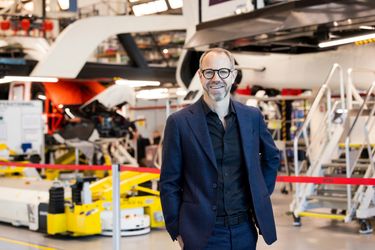
Where does the programme stand at the moment?
B.K.: The aircraft now has customers in all the market segments for which it was designed. There will be law enforcement and public services customers flying soon in Europe and North America. The H160 has joined private and business aviation fleets on all continents barring Antarctica. OMNI in Brazil and PHI in the Gulf of Mexico will start offshore operations soon. And the outlook for the H160M with the Joint Light Helicopter (HIL) programme is gearing up for its first flight this year. Thanks to its outstanding commercial success, the H160’s priority is to deliver its current order book, and its ramp up is doing just this despite a challenging supply chain. Our target is to stabilise production at a rate of 40 aircraft a year until the H160M military version starts production, after which the rate will be closer to 60 units a year. Beyond that, we can say that its time to market is now at a competitive rate.
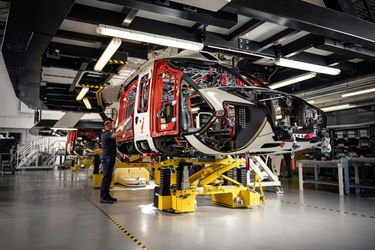
To what do you attribute its successful entry into service?
B.K.: First, we invested in its maturity, starting with an early emphasis on design. Our dynamic helicopter zero prototype is nearing 1,300 flight hours and has paved the way through testing and implementation. We also invested in the industrial set up, support and services, and stock so they’d be ready as operators began to take delivery. Now, with the H160 flying, we’ve put webinars in place and started operator communities to encourage feedback so our teams can make adjustments to the aircraft, its maintenance and support. We also remain humble in the face of this return on experience as the fleet’s flight hours continue to grow, conscious that every irritant is a valuable learning experience that will help further the aircraft’s maturity.
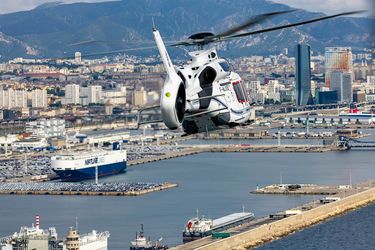
Great expectations were placed on the H160. Has it lived up to its promise?
B.K.: The best indicator is the positive feedback from customers. The resounding opinion is that it’s a well conceived helicopter whose maintenance is simple for a machine of its size. The French Navy’s overall experience has been positive: the machine’s maintenance plan and downtime for programmed inspections is minimal and consistent with our goals. The aircraft was designed to hold up particularly well against corrosion, which is especially useful for operators working in offshore conditions, and we are pleased with the feedback we’ve received so far from the French Navy, which has been very encouraging. The start of offshore operations with PHI and OMNI should further confirm the aircraft’s maturity, performance and availability rate (which currently stands at more than 90%). We’ve had feedback on its solid performance in numerous mission segments, such as for public services where the French customs service, operating in the West Indies Guyana, and the French Navy both testify to its good visibility during missions, speed in getting to the scene, comfort, manoeuvrability and reduction in crew workload. Its safety innovations have also raised the bar, like the vortex pre alerting system and the assisted automatic takeoff, both easing pilot workload while increasing safety — especially while operating in confined areas.
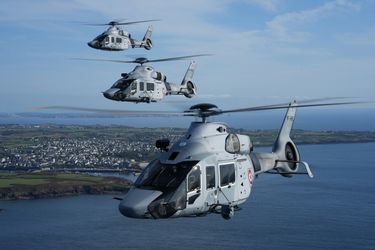
What is next for the H160?
B.K.: We are confident in the H160’s market prospects since the aircraft suits each segment it’s designed for, with an established customer base that needs a reliable platform with the latest technology and safety enhancements. Demand in the medium segment looks set to increase by the end of this decade with several looming fleet replacements in play, and the H160 as a state of the art machine is a strong contender. These next years will also see our continued strong support for operators in all market sectors to ensure they’re satisfied with the aircraft. Our short and medium term goals are to deliver our backlog to clients, focus on the H160M’s important milestone — the first flight of the prototype — and look toward future markets, such as Australia where last year we received certification.
